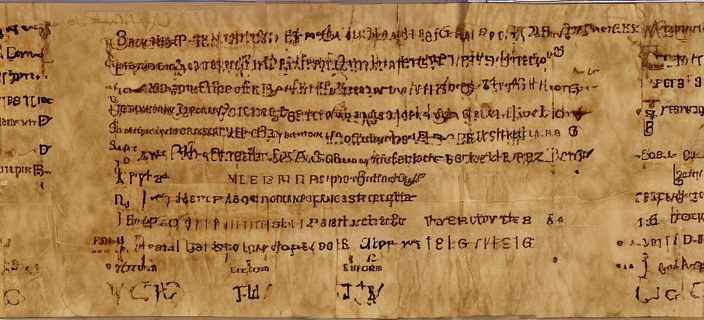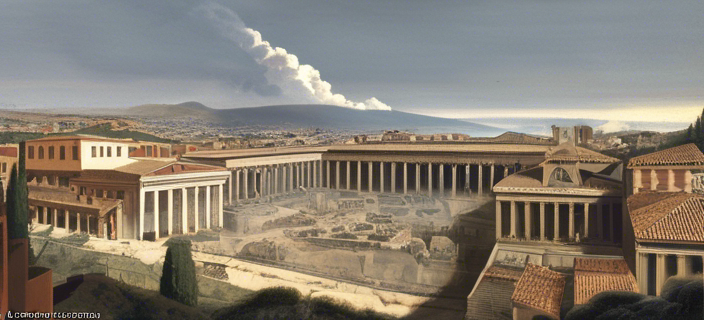An exploration into how modern technology is resurrecting voices from the past.
A Leap into the Past Through Modern Innovation
In a remarkable fusion of the ancient and the contemporary, technology has once again proven its invaluable role in unlocking the mysteries of history. A team of three students has achieved a significant breakthrough in deciphering the contents of a carbonized scroll from Herculaneum, a city that, like Pompeii, was buried under the catastrophic eruption of Mt. Vesuvius in A.D. 79. This event, which encapsulated a moment in time under layers of ash and pumice, has long intrigued historians, archaeologists, and the public alike.
 A digital window into the ancient world
A digital window into the ancient world
The scrolls, charred beyond recognition, have resisted attempts at reading their secrets for centuries. However, through the application of cutting-edge technology, these students have managed to reveal writings that have been silent for nearly two millennia. This achievement not only highlights the potential of technology in the field of archaeology but also opens up new avenues for understanding ancient civilizations.
Bridging Millennia: The Technology Behind the Discovery
The process of deciphering the Herculaneum scrolls involves sophisticated imaging techniques that go beyond traditional methods. By employing advanced scanning and digital reconstruction, researchers can now peer into the layers of these carbonized scrolls without causing further damage to these precious artifacts. This non-invasive approach marks a significant advancement in archaeological methodology, respecting the integrity of historical finds while extracting valuable information.
“This achievement not only highlights the potential of technology in the field of archaeology but also opens up new avenues for understanding ancient civilizations.”
The Significance of the Herculaneum Scrolls
The scrolls from Herculaneum offer a unique glimpse into the lives and thoughts of people from the ancient Roman Empire. Unlike Pompeii, Herculaneum was a smaller, wealthier town, and the scrolls likely belonged to the villa of a distinguished family. The texts contained within these scrolls are expected to provide insights into the philosophical, cultural, and everyday aspects of ancient Roman life, potentially filling gaps in our understanding of the period.
 The lost city of Herculaneum, as it might have appeared before its destruction
The lost city of Herculaneum, as it might have appeared before its destruction
Looking Forward: The Future of Archaeological Discoveries
The successful deciphering of the Herculaneum scrolls is just the beginning. This breakthrough demonstrates the vast potential of technology in uncovering the secrets of the past. As techniques continue to evolve, we can expect further revelations that will enrich our understanding of ancient civilizations. This intersection of technology and archaeology not only brings history to life but also inspires future generations to explore the untold stories waiting to be discovered.
In conclusion, the unveiling of texts from the Herculaneum scrolls is a testament to human ingenuity and curiosity. It bridges the gap between the past and the present, reminding us of the enduring quest for knowledge that defines our species. As we continue to harness technology in the service of history, we can look forward to unraveling more mysteries that have remained hidden for ages, bringing us closer to the people and cultures that shaped our world.


 Photo by
Photo by 












